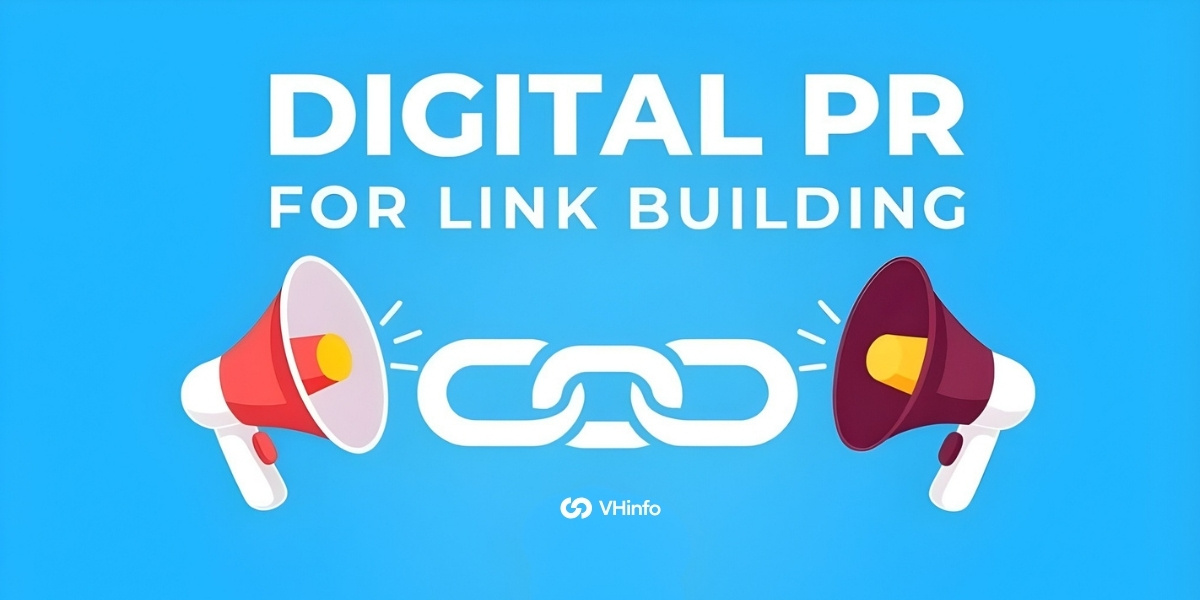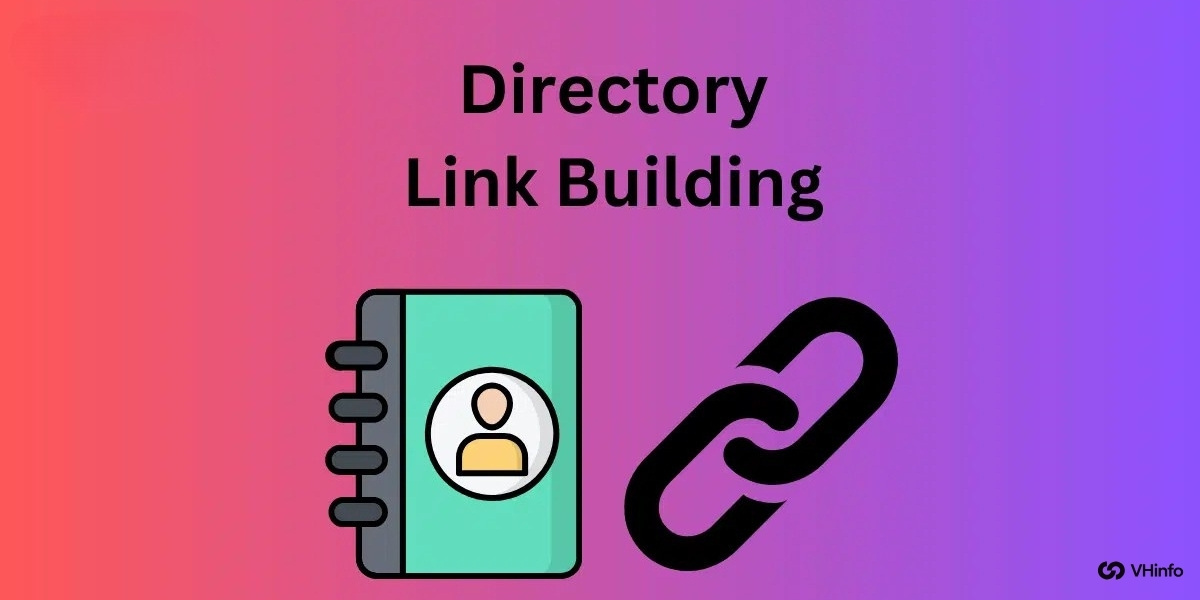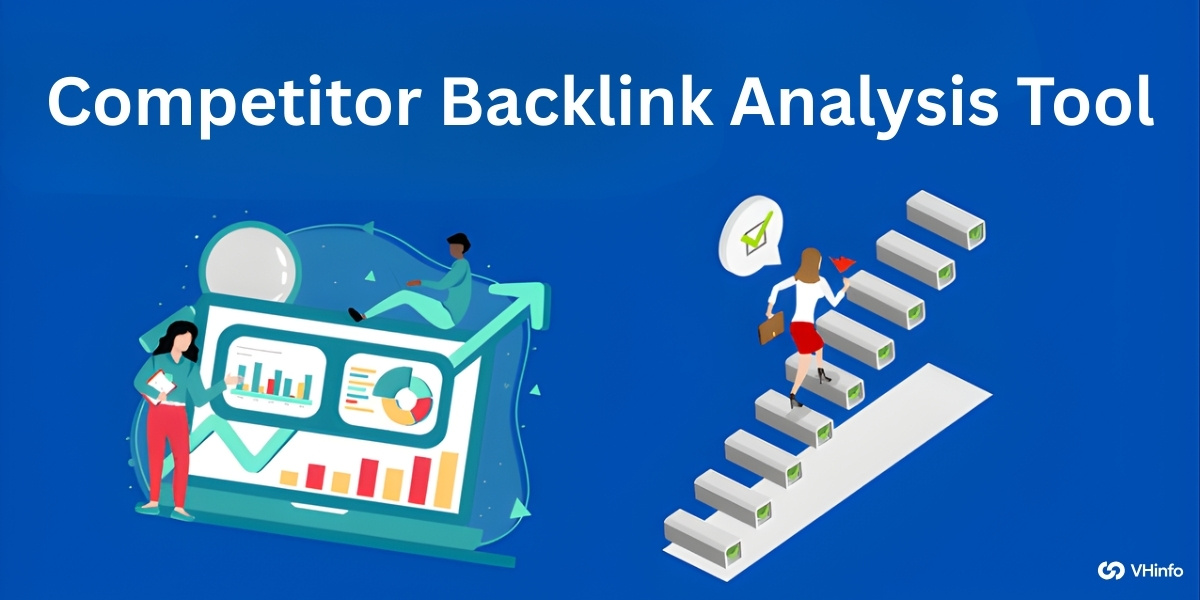As a SaaS company, you know the importance of driving organic traffic to your website through search engine optimization (SEO).
But with the ever-evolving landscape of search algorithms, it can be challenging to keep up with the latest techniques and strategies. That’s where latent semantic indexing (LSI) comes in.
At VH-info, we specialize in helping SaaS brands like yours leverage LSI to boost your search rankings and attract more qualified leads.
In this comprehensive guide, we’ll dive deep into what LSI is, how it works, and most importantly – how you can harness its power to take your SEO game to the next level.
What is Latent Semantic Indexing (LSI)?
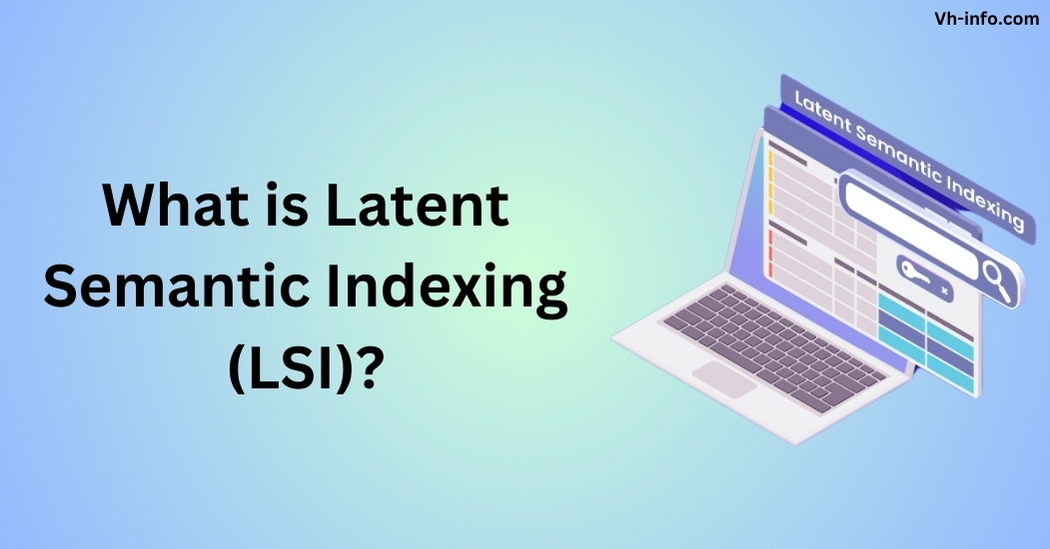
Latent semantic indexing (LSI) is a mathematical method used by search engines to determine the relationships between terms and concepts within a set of documents. It’s a natural language processing technique that analyzes the latent (hidden) semantic structure of a text.
In simpler terms, LSI helps search engines understand the overall topic and context of a piece of content, rather than just individual keywords. By identifying semantically related terms, LSI enables search engines to deliver more relevant results to users.
How Does Latent Semantic Indexing Work?

At its core, latent semantic indexing relies on a mathematical technique called singular value decomposition (SVD). SVD is used to reduce the dimensions of the word frequency matrix while preserving the similarity structure among terms.
Here’s a step-by-step breakdown of how LSI works:
- The search engine analyzes a large set of documents and builds a term-document matrix, with rows representing unique words and columns representing each document.
- SVD is applied to the matrix, identifying a smaller set of factors from the original matrix. These factors represent concepts contained in the documents.
- Each document is then represented by a vector in the reduced-dimensional LSI space. Documents that contain similar concepts are located close to each other in the LSI space, even if they don’t share the same terms.
- When a user enters a query, the search engine uses the LSI space to retrieve documents that are conceptually similar to the query, providing more accurate and relevant search results.
Benefits of Using LSI For SEO

Identifying LSI Keywords For Your Content
One of the key benefits of using LSI for SEO is the ability to identify semantically related keywords to include in your content.
To boost understanding, scatter LSI keywords in your text to highlight the main topic for search engines. To find LSI keywords, you can use tools like LSIGraph or simply look at the “Searches related to…” section at the bottom of Google’s search results. For example, if your main keyword is “latent semantic indexing“, some LSI keywords might include:
- Semantic analysis
- Singular value decomposition
- Natural language processing
- Information retrieval
- Semantic search
How Did Latent Semantic Indexing Become Involved With SEO?
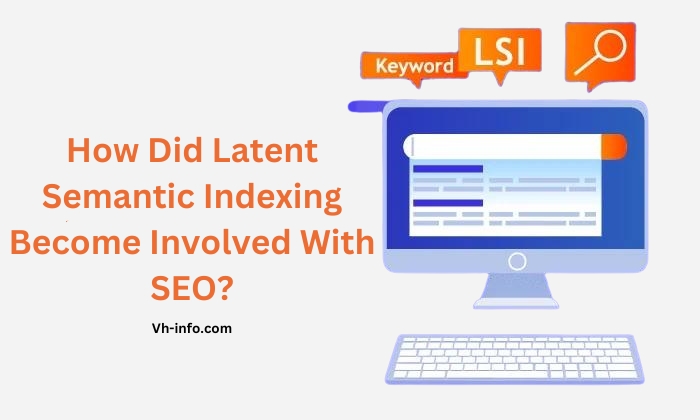
The concept of latent semantic indexing has been around since the late 1980s, but it wasn’t until the early 2000s that it started to gain traction in the world of SEO.
As search engines evolved and became more sophisticated, they began to move away from purely keyword-based matching and towards a more semantic understanding of content, thanks to the use of related words and the information retrieval technique of latent semantic indexing, an old technology that came years before the internet as we know it existed. This allowed for more accurate and relevant search results, making it a valuable tool for SEO.
In 2004, Google acquired a company called Applied Semantics, which had developed a technology called AdSense that used LSI and distributional semantics to improve the relevance of ads displayed on web pages.
This acquisition marked a significant shift in how Google approached information retrieval and laid the groundwork for the integration of LSI into its search algorithms and search queries.
SEO guru Bill Slawski went in-depth in a blog post about the involvement of LSI in SEO, discussing the use of semantic analysis and indexing as SEO buzzwords and how Google’s acquisition of Applied Semantics played a role in this.
Latent Semantic Indexing And SEO

What is LSI in SEO?
In the context of SEO, latent semantic indexing is used to optimize web content for semantic search.
By understanding the relationships between words and concepts, search engines can deliver more accurate and relevant results to users, even if the query doesn’t contain the exact keywords present in the content.
How Search Engines Use LSI?
Search engines like Google use LSI as part of their ranking algorithms to determine the relevance and quality of a web page.
Search engines analyze content to find main topics and subtopics, understanding user search intent for better results. Pages that cover a topic comprehensively and include semantically related terms are seen as more valuable and authoritative and are therefore more likely to rank higher in search results.
The Debate Around LSI Keywords
While the concept of LSI keywords has gained popularity among SEO practitioners, there is some debate about their effectiveness and even their existence. In 2019, Google’s John Mueller stated that Google does not have a concept of LSI keywords, leading many to question whether LSI is a viable SEO strategy.
However, it’s important to note that while Google may not explicitly use the term “LSI keywords“, the underlying principles of semantic search and the importance of context and relevance in content optimization still hold.
Do ‘LSI Keywords’ Actually Exist?
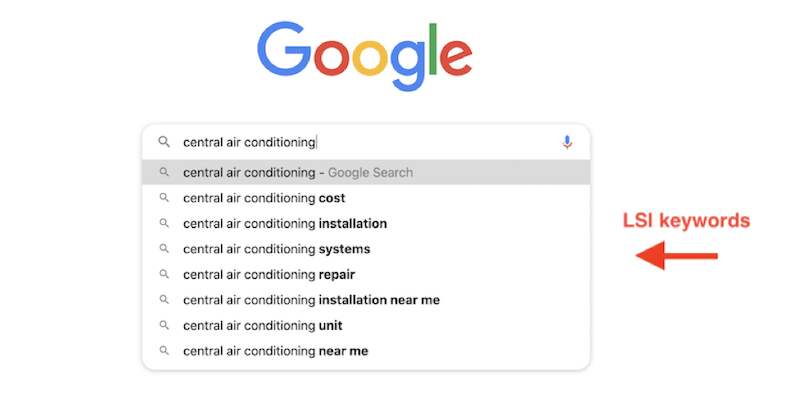
The short answer is no – at least not in the way that many SEO tools and marketers claim. The term “LSI keywords” has become a bit of a misnomer in the industry, often used to refer to any semantically related keywords or phrases.
In reality, latent semantic indexing is a complex mathematical method used by search engines to understand the relationships between words and concepts. It’s not a simple matter of plugging in a few related keywords and calling it a day.
That being said, the concept of using semantically related terms to reinforce the context and relevance of your content is still valid and important for SEO. It’s just a matter of using them naturally and strategically, rather than stuffing them in for the sake of some mythical “LSI Keyword Density“.
LSI and User Experience: Bridging the Gap

How LSI Improves Content Readability?
One of the often overlooked benefits of including LSI in your content strategy is the impact it can have on readability and user engagement.
Adding related words and ideas makes your content better, clearer, and more helpful for readers. LSI helps to provide context and depth to your content, making it more valuable and engaging for readers. This can lead to longer dwell times, lower bounce rates, and ultimately, better rankings and more organic traffic.
Enhancing User Engagement With LSI-Optimized Content
In addition to improving readability, LSI-optimized content can also help to enhance user engagement by providing a more satisfying and relevant search experience. When users find your content through semantic search, they are more likely to be looking for the specific information, products, or services that you offer.
Creating detailed posts on interesting subjects can establish your brand as a trustworthy expert in your industry. This can lead to increased sales, customer loyalty, and long-term prosperity for your online software business.
The Future of LSI in Digital Marketing

Emerging Trends in Latent Semantic Indexing
As search engines continue to evolve and become more sophisticated, the role of latent semantic indexing in SEO and digital marketing is likely to grow and change. One emerging trend is the increasing use of machine learning and artificial intelligence in semantic search.
Using these advanced technologies, search engines can improve their ability to understand why users are searching for something and provide more accurate and personalized results. This will make it increasingly important for SaaS brands to focus on creating high-quality, semantically rich content that meets the needs and expectations of their target audience and solves a specific problem.
Predictions For LSI and SEO Evolution
Looking ahead, we can expect to see latent semantic indexing become an even more integral part of search engine algorithms and SEO best practices. As Google and other search engines continue to prioritize user experience and relevance over traditional ranking factors, the ability to create quality content that is both semantically optimized and valuable to users will be key to success in the constantly evolving world of SEO and related searches.
SaaS brands that invest in understanding and leveraging LSI will be well-positioned to adapt to these changes and stay ahead of the curve in an increasingly competitive digital landscape.
FAQ’s:
Does Google Use Latent Semantic Indexing?
Yes, Google uses LSI as part of its ranking algorithms to understand the context and relevance of web content. However, they may not use the specific term “latent semantic indexing” to describe this process.
What is the Difference Between LSI and Keyword Search?
Keyword search looks for exact matches of specific words or phrases, while LSI focuses on understanding the relationships between terms and concepts to deliver more relevant results.
How Many LSI Keywords Should I Use Per Page?
There is no set number of LSI keywords to use per page. The key is to use them naturally and strategically to reinforce the main topic and context of your content.
How Often Should LSI Keywords Be Updated in Content?
LSI keywords should be updated periodically as part of your overall content optimization strategy. As search trends and user needs evolve, it’s important to ensure that your content remains relevant and semantically rich.
Conclusion
Latent semantic indexing may seem like a complex and intimidating concept, but at its core, it’s all about creating content that is valuable, relevant, and optimized for both users and search engines.
To understand LSI better, use semantic SEO strategies. This helps SaaS brands attract organic traffic, engage the audience, and grow steadily.
At VH-info, we have the expertise and experience to help you navigate the world of LSI and develop a comprehensive SEO strategy tailored to your unique needs and goals. Contact us today to learn more about how we can help you harness the power of latent semantic indexing to take your SaaS brand to the next level.

